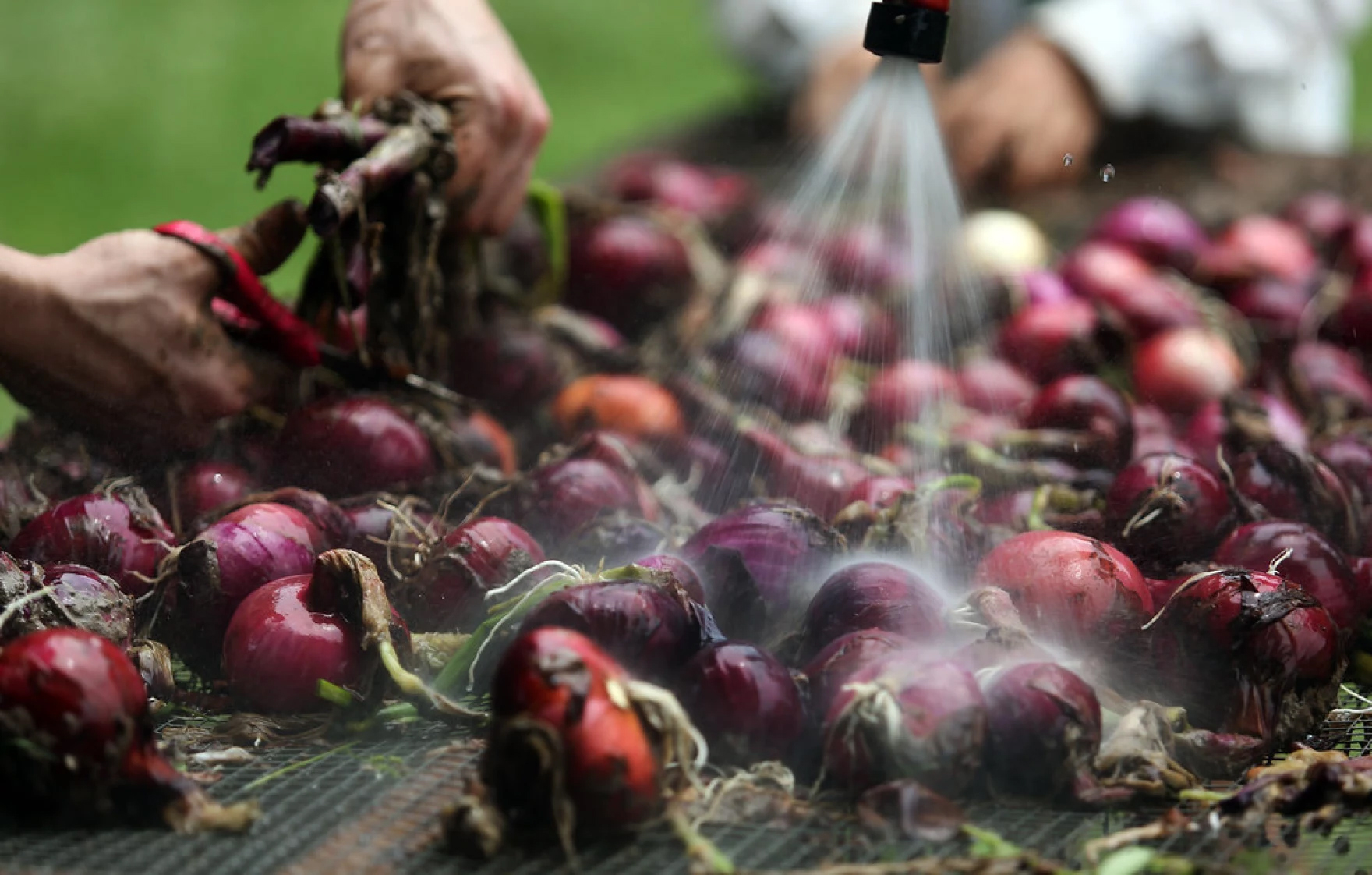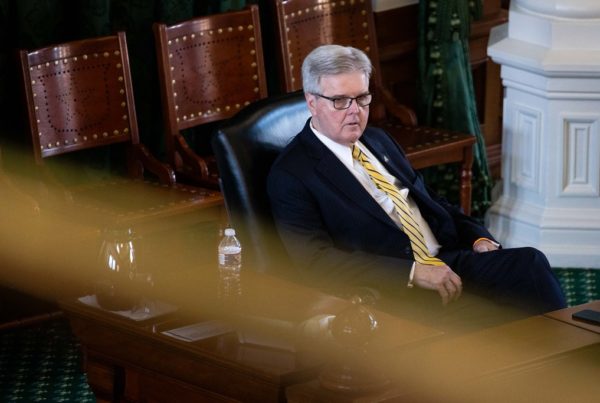From The Texas Newsroom:
This is the first story in an ongoing Texas Newsroom project exploring H-2A visas.
No state has more ranches or farms than Texas, which produces everything from cotton and corn to cattle and watermelons. Last year, the agriculture industry brought in nearly $25 billion in revenue.
But farmers continue to face a significant challenge: a labor shortage.
“It’s quite important, and it’s just because of the type of work — it’s really hard, hard work,” said Luis Ribera, the director of the Center for North American Studies at Texas A&M University. “And domestic workers, they’d rather work somewhere else.”
As a result, the demand for foreign agricultural workers has hit an all-time high, and experts say the trend could continue even though the program that brings workers into the country, H-2A, is ripe for exploitation.
Demand soars
The H-2A program was created in 1986 through the Immigration Reform and Control Act. The legislation split what was then known as the H-2 program, creating H-2A visas for temporary agricultural workers and H-2B visas for non-agricultural temporary workers.
According to the Washington, D.C.-based Bipartisan Policy Center, “the goal of the H-2A program remained identical to that of the overall H-2 visa program, which was to meet the United States’ temporary and seasonal labor needs without adding to the country’s permanent population.”
Ribera said Congress also wanted to have a better understanding of — and more control over — who was coming into the country.
Before the H-2A program, “there was more easy access to the U.S. for these workers,” Ribera said. “They will just come as crews, they’d come to the U.S., they’d harvest their crops, and they’d start moving from the South towards the North — [and] when they were done, they would go back [home].”
The H-2A program has grown exponentially since its inception — and saw an especially big increase in demand in recent years.
An analysis by The Texas Newsroom of nearly a decade’s worth of data from the U.S. Department of Labor found a 36% increase in demand for H-2A workers from 2021 to 2022. In the 2022 fiscal year, which ended on Sept. 30, 11,655 H-2A positions were certified in Texas. In 2021, 8,553 positions were certified.
Texas came in ninth for the most H-2A positions certified in the U.S. during the 2022 fiscal year. Overall, the state accounts for 3% of the total 371,619 H-2A positions certified over that period.















